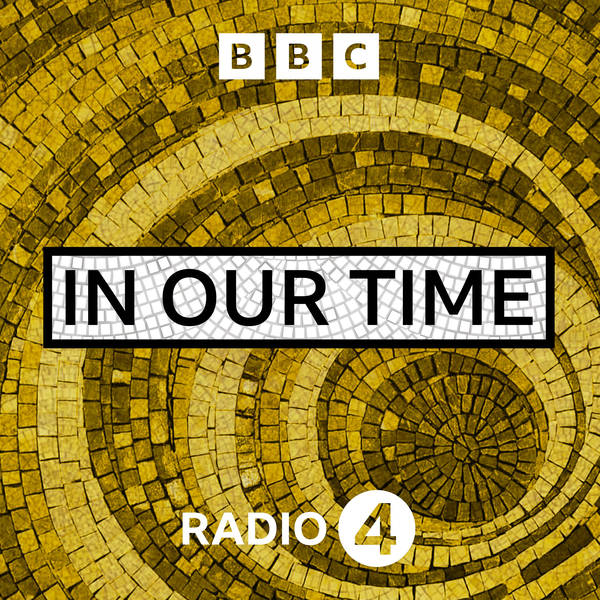
The Fish-Tetrapod Transition
Melvyn Bragg and guests discuss one of the greatest changes in the history of life on Earth. Around 400 million years ago some of our ancestors, the fish, started to become a little more like humans. At the swampy margins between land and water, some fish were turning their fins into limbs, their swim bladders into lungs and developed necks and eventually they became tetrapods, the group to which we and all animals with backbones and limbs belong. After millions of years of this transition, these tetrapod descendants of fish were now ready to leave the water for a new life of walking on land, and with that came an explosion in the diversity of life on Earth.
The image above is a representation of Tiktaalik Roseae, a fish with some features of a tetrapod but not one yet, based on a fossil collected in the Canadian Arctic.
With
Emily Rayfield Professor of Palaeobiology at the University of Bristol
Michael Coates Chair and Professor of Organismal Biology and Anatomy at the University of Chicago
And
Steve Brusatte Professor of Palaeontology and Evolution at the University of Edinburgh
Producer: Simon Tillotson